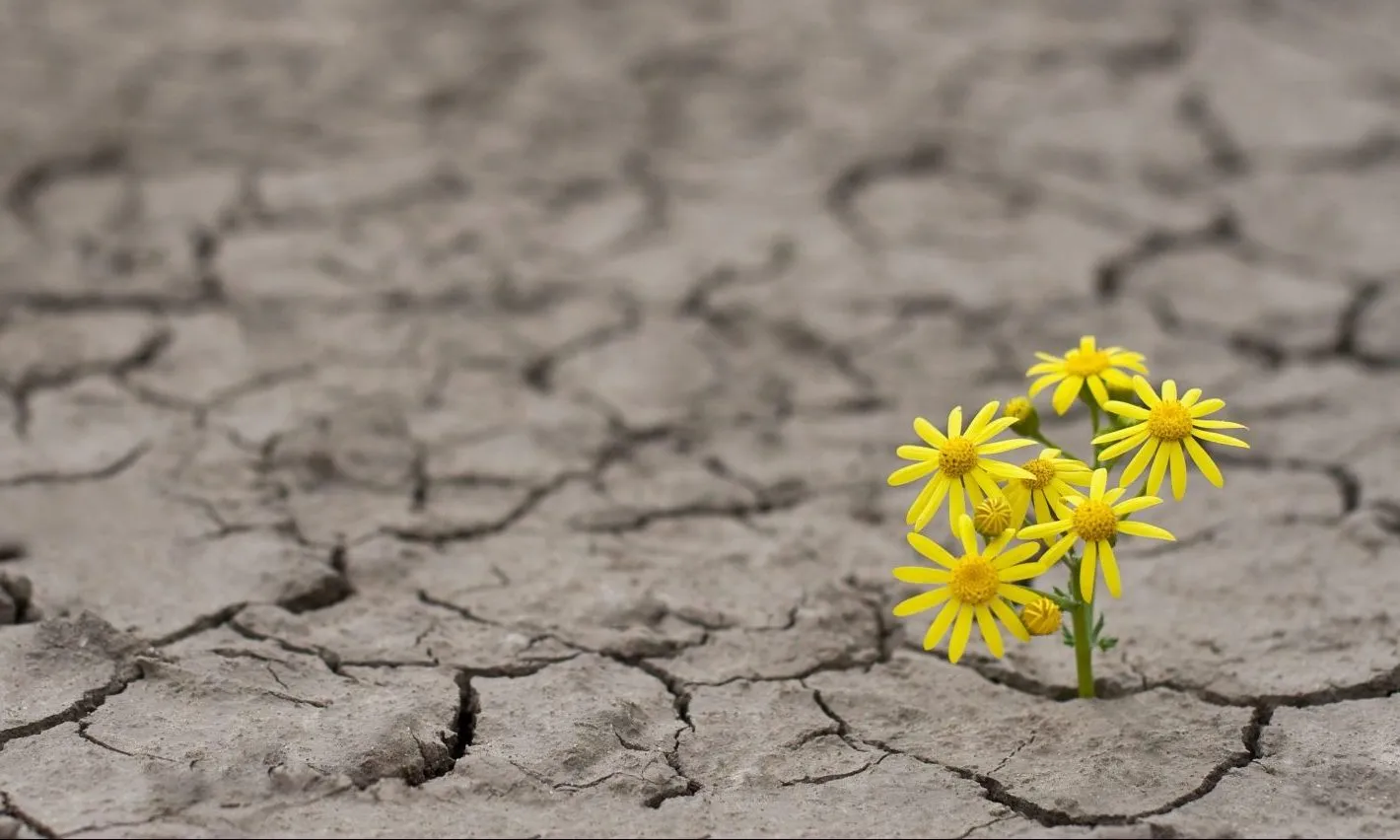Sources & References
An ongoing collection of sources and references used for "How to Fix Our Broken World".
I’m a software engineer, a dad, and someone who’s spent years solving complex problems. But nothing prepares you for a challenge like this—because no one teaches you how to fix a broken world.
Our institutions train us to specialize, to focus, to stay in our lanes. But climate change doesn’t fit in a lane. It can’t be solved by a single discipline. It sprawls across many—science, engineering, economics, politics, and more—and solving it means pulling those threads together into something new.
That’s what I set out to do. Break it down, piece by piece. Then build a plan for a future we’d be proud to pass on.
I am not a climate scientist. I don’t have a PhD in environmental studies or a seat at a government think tank. What I do have is a background in solving complex problems—systems engineering, product development, and technology strategy. My career has taught me to view challenges as interconnected puzzles, where no single piece explains the whole picture.
I’m also someone who’s spent years fascinated by how the world works—not just technology, but the interplay between human behavior, markets, infrastructure, and policy. No single field can fully equip someone to tackle a crisis this complex. Addressing climate change demands an entrepreneurial spirit and a systems design approach: one that cuts across disciplines, connects the dots, and searches for practical solutions to massive, interconnected challenges.
When it comes to climate change, the puzzle is staggering in size. It’s not just about reducing emissions or switching to renewables—it’s about understanding how energy systems, economies, human behavior, technology, and policy all intersect. It’s about navigating political barriers, cultural inertia, and deep-rooted economic structures, while holding onto hope that meaningful change is still possible.
Like many people, I spent years watching this crisis unfold from the sidelines—reading the headlines, following the debates, and waiting for someone else, someone more qualified, to step forward with a bold plan. But no one did. And as time passed, I realized no single person is coming to “fix” this. No single field has all the answers.
Economists warn that cutting fossil fuels too fast could crash economies and trigger social unrest. Climate scientists raise the alarm on rising emissions but often focus on solar, wind, and efficiency, while overlooking the economic and technical hurdles to grid stability and decarbonizing heavy industry.
Policymakers juggle public pressure and corporate interests, producing half-measures that fall short of the crisis at hand. Engineers and technologists invent breakthrough solutions—advanced nuclear, carbon capture—but hit walls of regulation, funding gaps, or public mistrust. Environmental advocates sound the call for urgent action but sometimes oversimplify the transition, underestimating how deeply fossil fuels are embedded in our food, trade, and energy systems.
Each of these fields holds a piece of the puzzle. But unless we connect them—unless we step back and see how technology, markets, behavior, and policy fit together—we’ll keep solving symptoms instead of fixing the system itself.
That’s why I approached this problem the way I would any complex challenge in my professional life: by zooming out, breaking it down, and building a path forward with the best thinking from across disciplines. Because climate change isn’t a challenge for one group of experts—it’s a challenge for all of us.
This book is my contribution to that effort. It draws from peer-reviewed research, expert insights, and real-world case studies. It’s a synthesis of information across multiple disciplines—energy, economics, sociology, technology, and governance—woven together into a bold, actionable climate plan.
While I do not pretend to have all the answers, my aim is to create a roadmap that helps us move from paralysis to possibility. You’ll find proposals grounded in science but presented with the practicality and systems thinking of an engineer. I’ve done my best to lay out not just what we need to do, but how we can realistically make it happen—through policies, investments, and a reframing of the story we tell ourselves about the future.
Throughout this book, you may notice I’m transparent about the limits of my own expertise. When it comes to specialized knowledge—whether it’s geothermal drilling, carbon pricing, or behavioral psychology—I defer to the experts who’ve dedicated their lives to those subjects. My role here is to be the connector—to weave the threads into something clear, coherent, and above all, useful.
I wrote this book because I believe we are not doomed to a broken world. We have the tools, the knowledge, and the ingenuity to build a better one—if we’re willing to act decisively.
So, consider this an invitation. Challenge the ideas you find here. Share them, refine them, and help make them stronger. Because if there’s one thing I’ve learned from both my work and from life, it’s that no big problem is solved alone.
Help shape the future! Sign up to receive behind-the-scenes updates, share your ideas, and influence the direction of my upcoming book on climate change.
